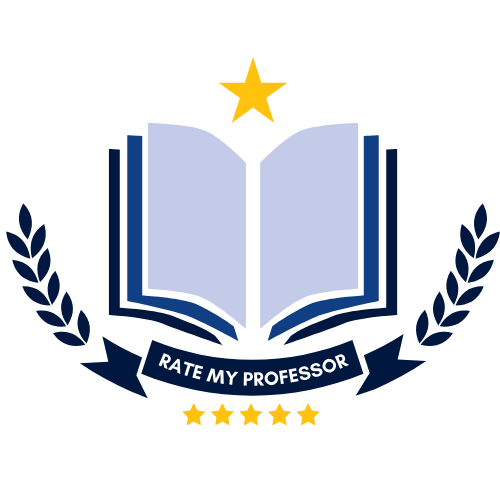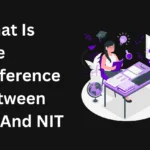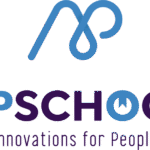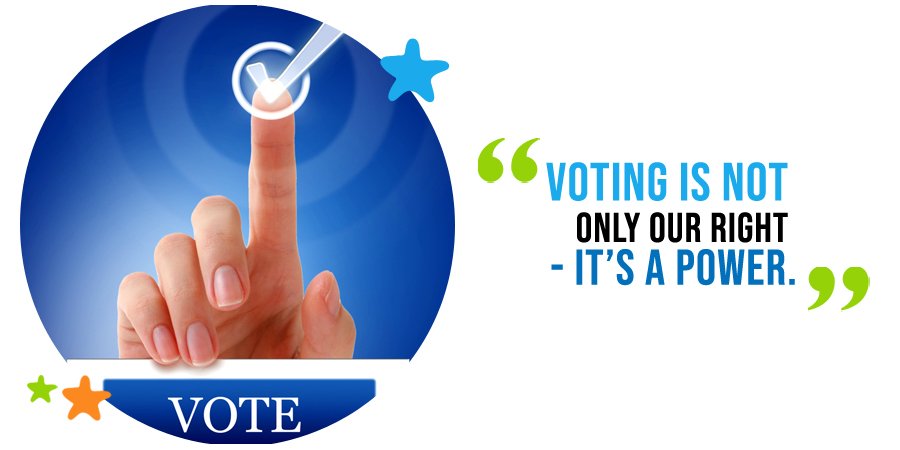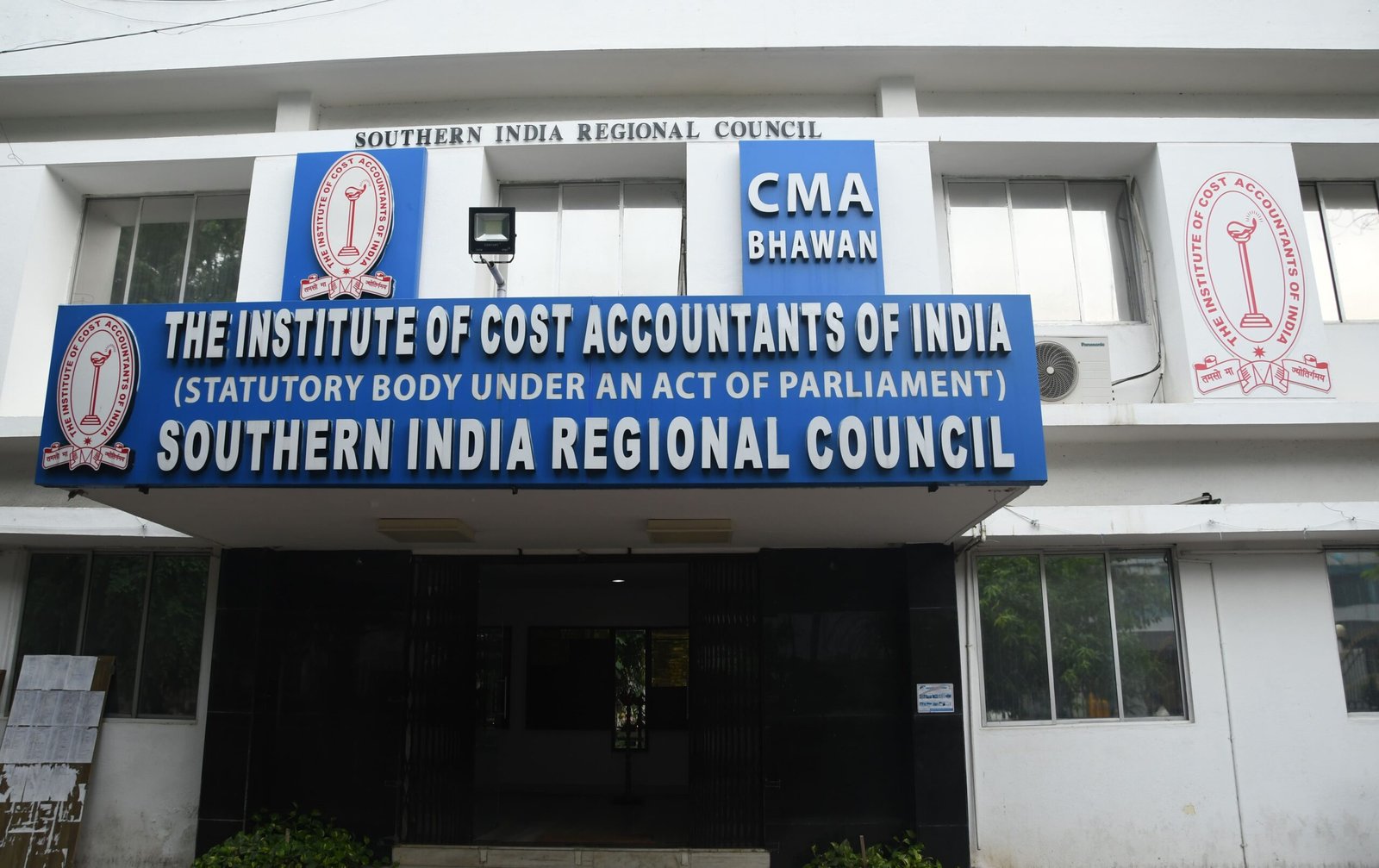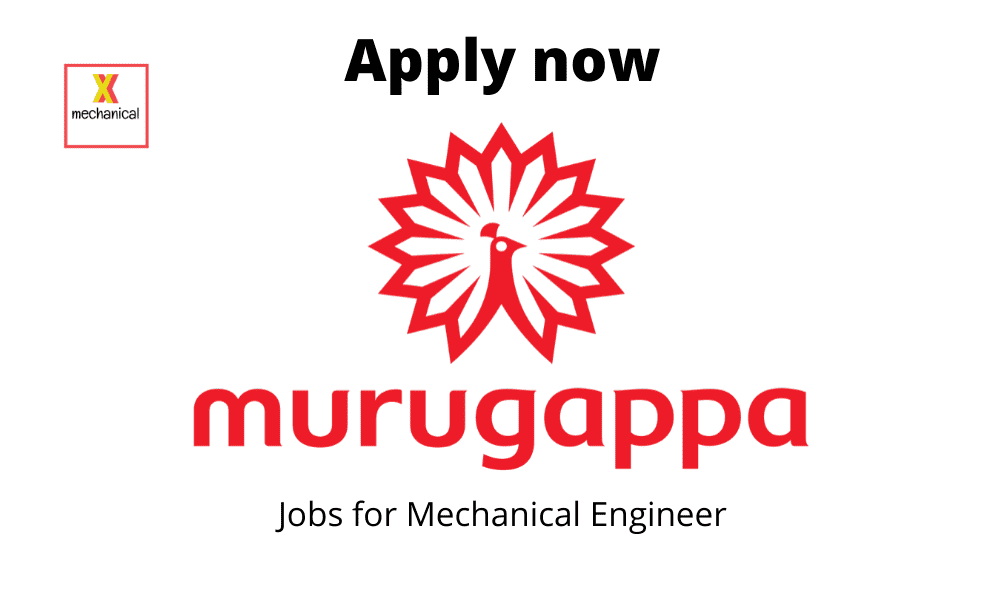Nowadays it is essential for org success in this ever changing shall we say” fast-paced” world of business Human Resource Management (HRM). HRM has finally become an administrative department. The objective of modern HRM is to develop an efficient and effective workforce, increase productivity, instill organizational culture, and improve the work environment resulting in the sustainable success of the business. Worth exploring the all-encompassing human resource management depth, with the functions it takes in hand, issues being faced, and upcoming trends for the future.
Human Resource Planning (HRP): Building the Workforce of Tomorrow
Human Resource Planning (HRP) is the term used for understanding and predicting the human resource needs of a firm. Measures its employees today, forecasts future labor requirements, develops hiring plans to fill any void, and finally makes sure that the right people are at the right place at the right time. Good HRP serves to align workforce capabilities with corporate goals, thus both illuminating agility and diminishing the gaps of talent in the organization.
Job Analysis and Design: Crafting Roles for Efficiency
Job Evaluation of an Employee is a view of duties, knowledge, or skills for any job. This will serve as a path to tailor, in dominance efficiency clarity, and employee satisfaction to what one author calls the “main job” itself. Job design is clear-cut in its objective and reduces ambiguity as one of the star qualities leading to performance, job enrichment and career development.
Recruitment and Selection: Acquiring Top Talent
The performance of this organization depends on hiring competent well skillful individuals. This process entails spotting talent gaps, designing job descriptions, recruiting talent and inviting them for interviews. In the meanwhile, selection is for choosing between qualified candidates to be best suited out of the available ones. A streamlined recruitment and selection process enables the organization to employ superior quality talent with express potential for its employer branding to benefit.
Onboarding and Induction: Integrating New Talent
With the methods being implemented in a well-structured onboarding, it establishes the ground where employees have a greater likelihood of success in their roles. New hires are initiated into the culture, policies, and expectations of the organization; hopefully, they have programs in place to motivate new hires to get involved, hang in there, and become productive participants. They get to experience a free flow and community among its staff that allows them to flourish the moment their employment begins.
Training and Development: Cultivating Continuous Growth
With the dynamic nature of the changing environment in today’s day and age, being on top is important for everyone with technology changing its way faster in some industries. HRM measures job skills and job-specific qualifications as well as assembles training sessions on the strategic process of aligning employee skill requirements to flexibility capabilities. Upskilling of employees is higher performance which finally boosts job satisfaction & retention for an employee.
Performance Management: Driving Excellence
Performance management is not just reserved for annual appraisals. This is part of the larger process of defining performance expectations, assessing success against those expectations on an interval basis, giving feedback, and recognizing. It is a performance management program which gives resilience to propel employees up the organizational goals and continuously improves in culture.
Compensation and Benefits: Rewarding Talent
Performance management does not have to be limited to time-based annual appraisals. This is not some newfangled small portion of the larger process of defining your performance, live feedback from that definition and results/goals against those results/expectations as well as feedback (and rewards) recognition. It is a performance management tool that gives resilience to keep employees pushing on the organizational goals and continuously get better with culture.
Employee Relations: Fostering a Positive Work Environment
In this sense, the employment relationship is thus distinguished by some of the elements that create a workplace for everyone. HRM thinks about the prevention of grievances, resolution of disputes, and use of the most efficient communication channels The fact is to set up such an environment in organizations so they can enjoy employee job satisfaction and productivity- Trust and Alignment.
Freedom of Association
An ethical responsibility that HR professionals should take is the right of workers to join unions or form them. The policies accordingly reduce the probability of lawsuits and increase integrity, fairness, and accountability at the same time.
Health, Safety, and Wellness: Prioritizing Employee Well-being
Employee well-being is an important objective in the branch of HRM adopted for the present day. Safety protocols, mental health initiatives, and positive work environments are in place to safeguard employees as well as improve morale and enhance productivity.
Diversity and Inclusion: Embracing Workplace Equity
Fidelity to diversity and inclusion is, of course, an ethical imperative but it also has a differentiated competitive advantage as a business. HRM stands for all-inclusive policies, equal opportunities, and diverse world views. Emerges to create an inclusive space for innovation, creativity, and belonging.
Technology and HR Analytics: Embracing Digital Transformation
Because it has completely changed the whole manner of HRM as now it works faster and more smoothly towards what it does to take decisions. Whether you are using a human resource information system (HRIS) through to how analytics of people change completely the strategizing process HR pros while developing WFO strategies, performance is measuring & the company is driving towards success with data.
Challenges in Human Resource Management
Although HRM has very wide coverage, it has lots of problems to solve as well:
Recruitment & Retention of Talent: The Global War on Talent means Talent Acquisition has never been competitive or easy.
Diversity of the Workforce: Multigenerational teams with diverse values and styles are almost always challenging to navigate.
Disruption by Technology: The expectation and need for agility (to stay up with the digital revolution) go hand in hand with continuous learning.
The Challenge of Compliance: Regulations are changing like the wind and it takes practical knowledge to keep up.
Conclusion
Human resources is not just administrative routines in human resources. A forward-looking HRM, that influences organizational development strategically by embedding a culture among employees and in pursuit too, to fulfill Go Workflow goals. Hence, organizations can leverage their greatest treasure in all its diversity and individual perspectives because it will lead them to stable profitability in the always-changing business metamorphosis through HRM.
In today’s rapidly changing world the ability of HR to be adaptive, inclusive, and innovative and make employee well-being a core competency. The function of HR is evolving to become a much more central piece in corporate strategy as the business world changes.
Also Read: Language of Education in India – A Comprehensive Guide
